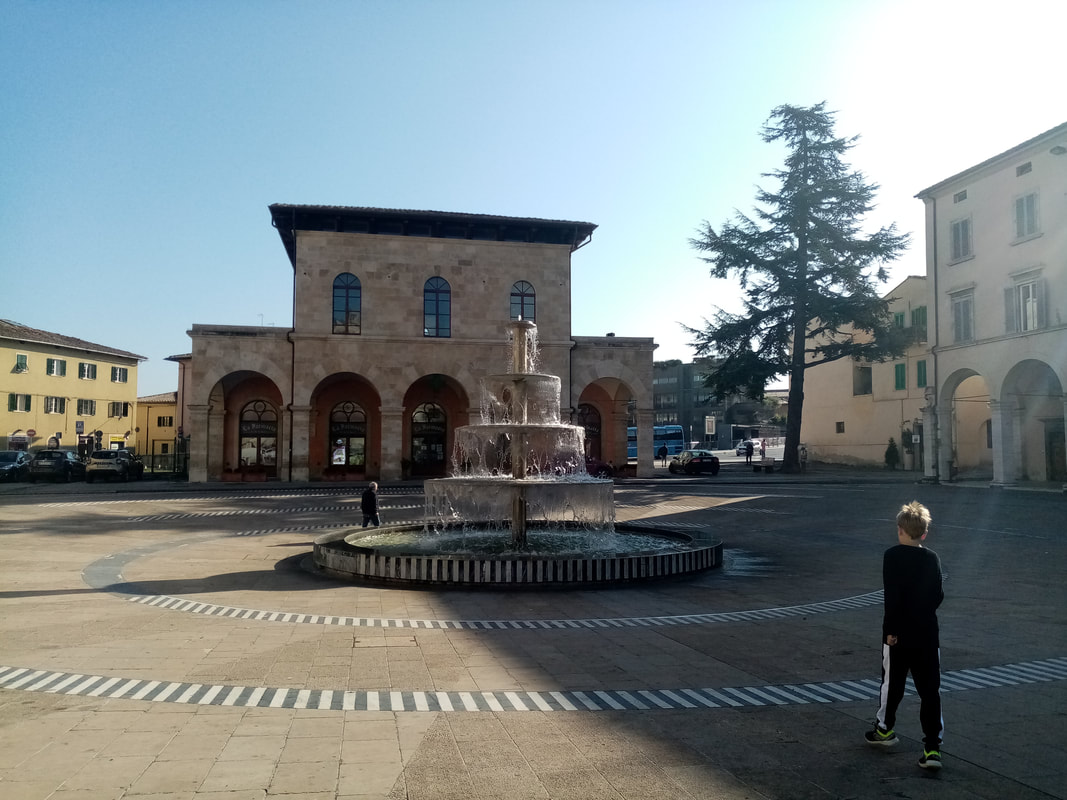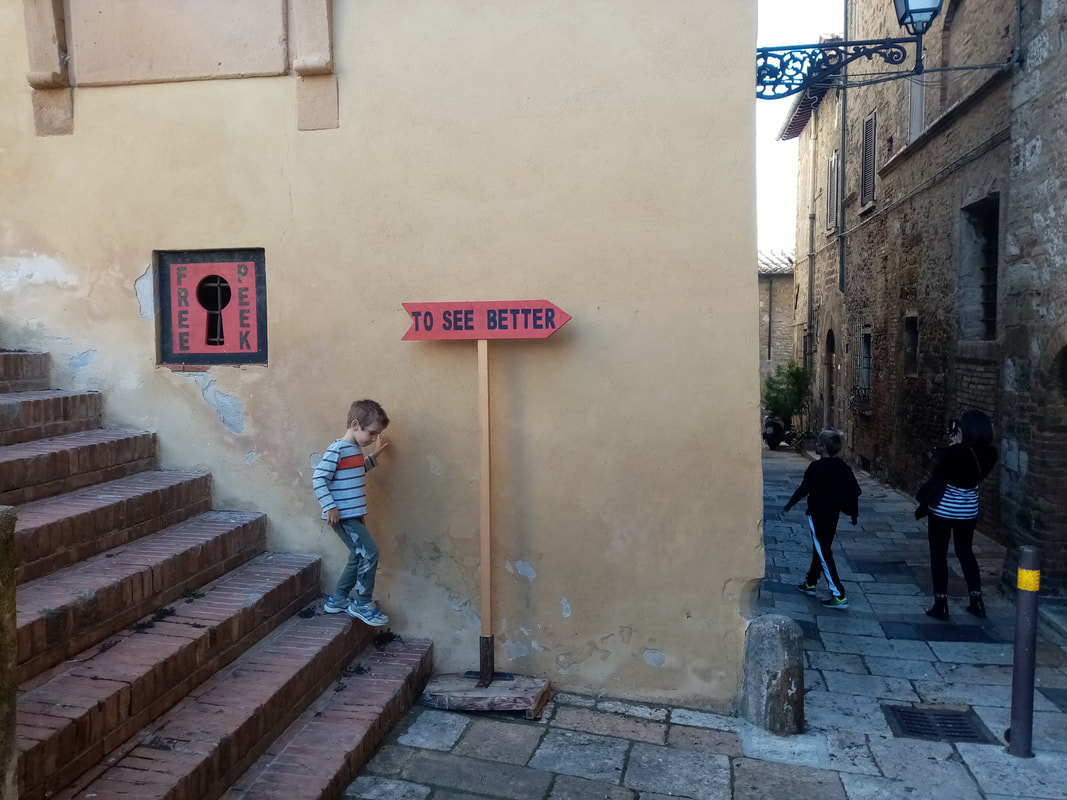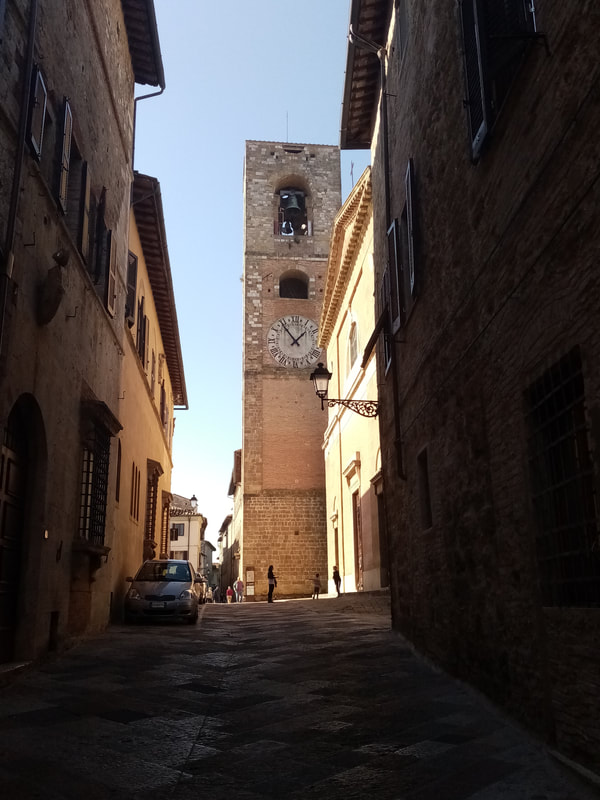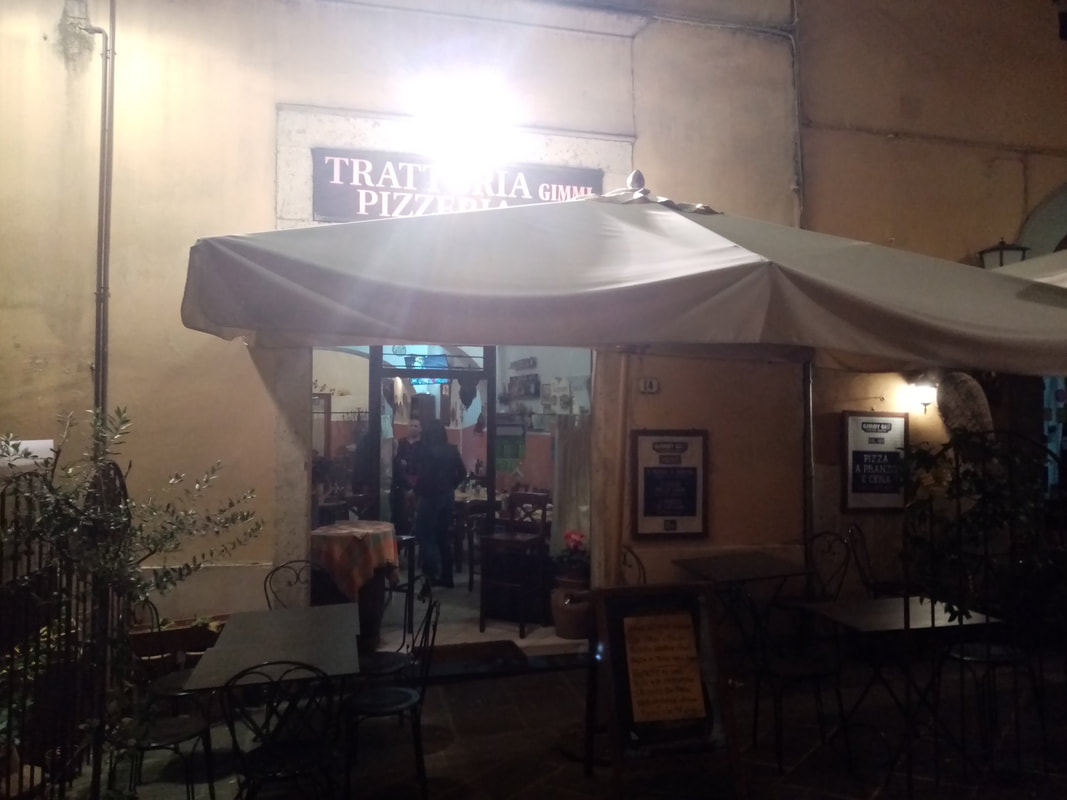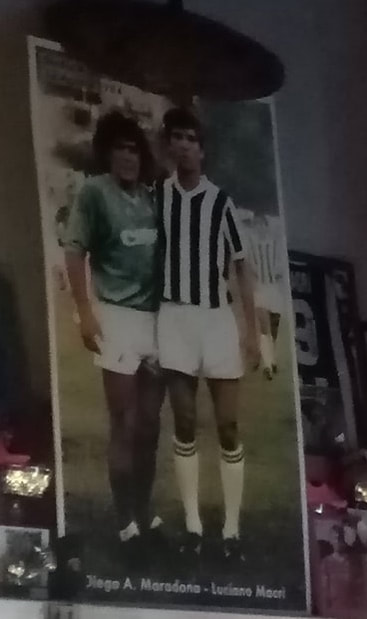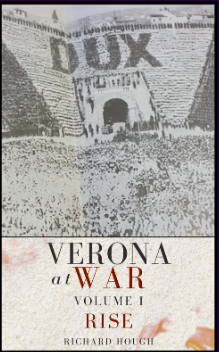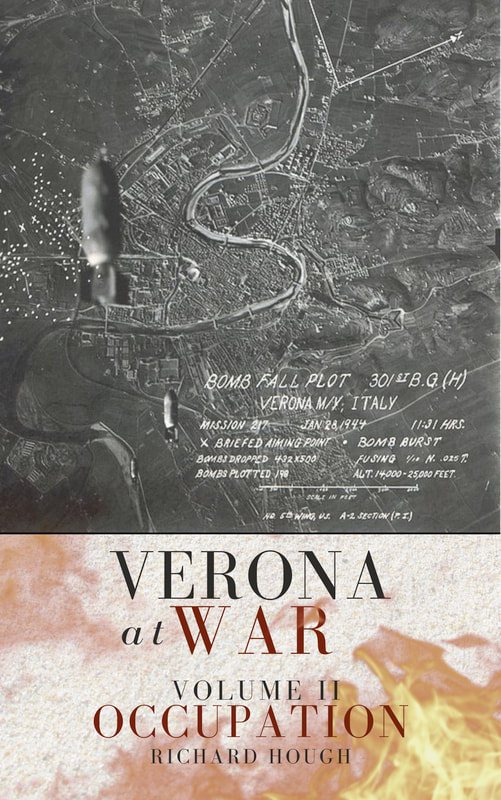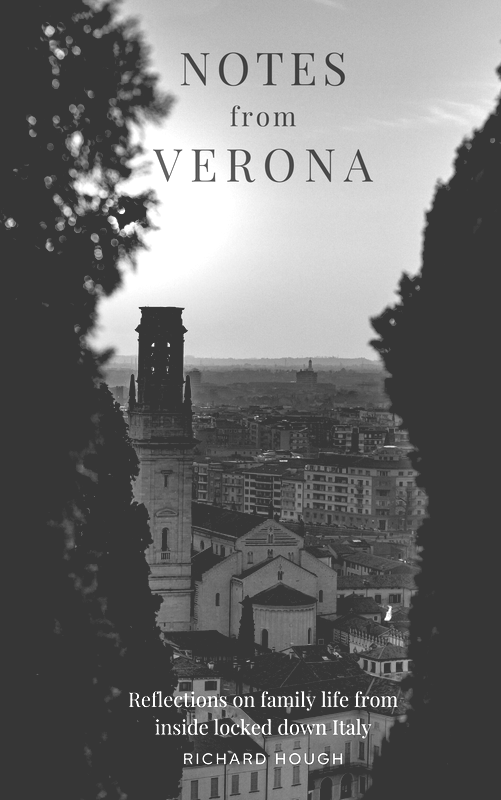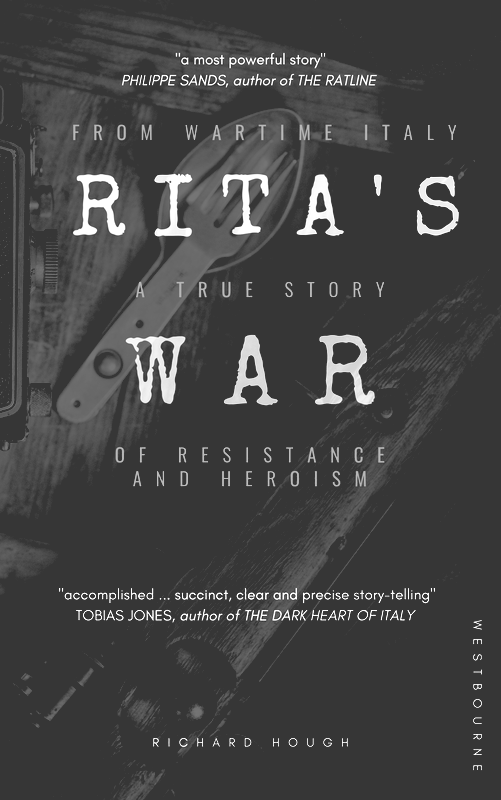|
Small Italian towns tend to disappoint me. I guess that could be said about small towns in general, not just in Italy. Lacking in personality, devoid of industry or purpose, cleansed of history and character, culturally barren and culinarily bland, small towns are, in my experience, best avoided. Give me a vibrant city or a small hilltop village any day. Anything in between is unworthy of my time or effort. I was pleasantly surprised, therefore, by what I found at Colle di Val d'Elsa, a small-town of 22,000 inhabitants in the Elsa valley, somewhere between Siena and Florence. Colle di Val d'Elsa is that rare thing, a small town with purpose, character, industry and charm. Not to mention a few quirky surprises too. The town has a thriving crystal glassware industry. Remarkably, it is said that 15% of the world’s crystal is produced here. Indeed, there are numerous outlets and manufacturers displaying their fine wares throughout the town. Perhaps it is this industrial vigour that underpins the town’s vibrancy. Another striking feature of Colle di Val d’Elsa is that it is split in two levels - the "Colle alta" and the "Colle bassa". The oldest part of the town, the "colle alta", is connected to the lower part of the town, the Colle bassa, by a 400-metre elevator which is accessed through a restored Second World War air raid shelter. A novel way to arrive at the panoramic old town. At the lower level, the town’s principal square, Piazza Arnolfo di Cambio (named after the town’s renowned architect and sculptor), provides a striking focal point for the city. Bright, clean and well-maintained, the piazza hosts a pharmacy, post office and police headquarters, as well as the usual bars, bakeries and shops, making it a vibrant focal point for the town. For the local pensioners, it’s just a pleasant place to pass the time of day. Colle di Val d’Elsa is also a staging post on the via Francigena, the ancient pilgrim trail that connects Canterbury and Rome. Today, modern day backpackers are a familiar sight as they pass through the town on their way to Siena. With three active theatrical companies, two theatres and three cinemas, the town boasts a vibrant arts scene. Colle di Val d’Elsa also exudes a certain multicultural air (not always the case in Italian towns and villages). In October 2013, the town's new mosque was inaugurated. Although its foundation was not without controversy, it is now an important place of prayer and worship for the local Islamic community And now we come to the quirky - and these, if I’m being honest, are the episodes that really swung it for me with Colle di Val d'Elsa. First, looking for a simple bite to eat, we chose an unassuming trattoria just around the corner from Piazza Cambio. I was immediately drawn to the remarkable collection of whisky miniatures crammed into two glass fronted cabinets. A reminder of home, the collection was also an intriguing glimpse into the history and idiosyncrasy of this small town The second episode occurred later that evening. With Hellas Verona playing Sassuolo, I was keen to find somewhere to watch the game. As this wasn’t exactly a glamour tie and I was, after all, in a small Tuscan town with no obvious interest in the game, I wasn’t particularly optimistic about finding somewhere to watch it. With some vague directions, I was soon making my way towards a pub on the fringes of the town. I had no trouble finding the joint, as karaoke emanating from the gazebo could be heard for miles around. I walked into a lively, bustling bar, festooned with football memorabilia. Even better, there was a decent crowd, clearly enjoying the match in front of large screen. As I supped on my first pint, taking in the surroundings, it was clear that this bar had a direct and authentic connection with football. The memorabilia on display had a rich and authentic feel to it. The centrepiece was a full-size poster of Diego Maradona in his distinctive Napoli strip, posing with who I assumed to be a Juventus player who seemed vaguely familiar, but who I couldn’t quite place. By the time I’d ordered my second pint, the identity of the mysterious Juventus player was beginning to distract me from the game itself. When the barman poured my third pint it clicked. “È tu, vero?”, I said, smiling and pointing to the picture behind him. “Si”, he replied, "it's me". The barman’s name was Luciano Macri. On 12 August 1984, Napoli had come to Tuscany to play Siena in a pre-season friendly. Siena were struggling in the lower divisions. Macri was a young striker on the periphery of the Siena squad.
A certain Diego Armando Maradona had just arrived at Napoli from Barcelona and this preseason friendly was his first opportunity to show what he could do. It was a masterful display. Maradona orchestrated a 4-0 victory while barely seeming to move out of third gear. For Macri, this close encounter with footballing genius would be the highlight of his playing career. He never made the big time himself, but would always treasure the moment he came face to face with the greatest player the world has ever seen. For me, the opportunity to have a pint with someone who had played against Maradona was yet another reason to love Colle di Val d’Elsa. Perhaps small towns aren't so bad after all! |
AboutRichard Hough writes about history, football, wine, whisky, culture + travel and is currently working on a trilogy about wartime Verona.
|
